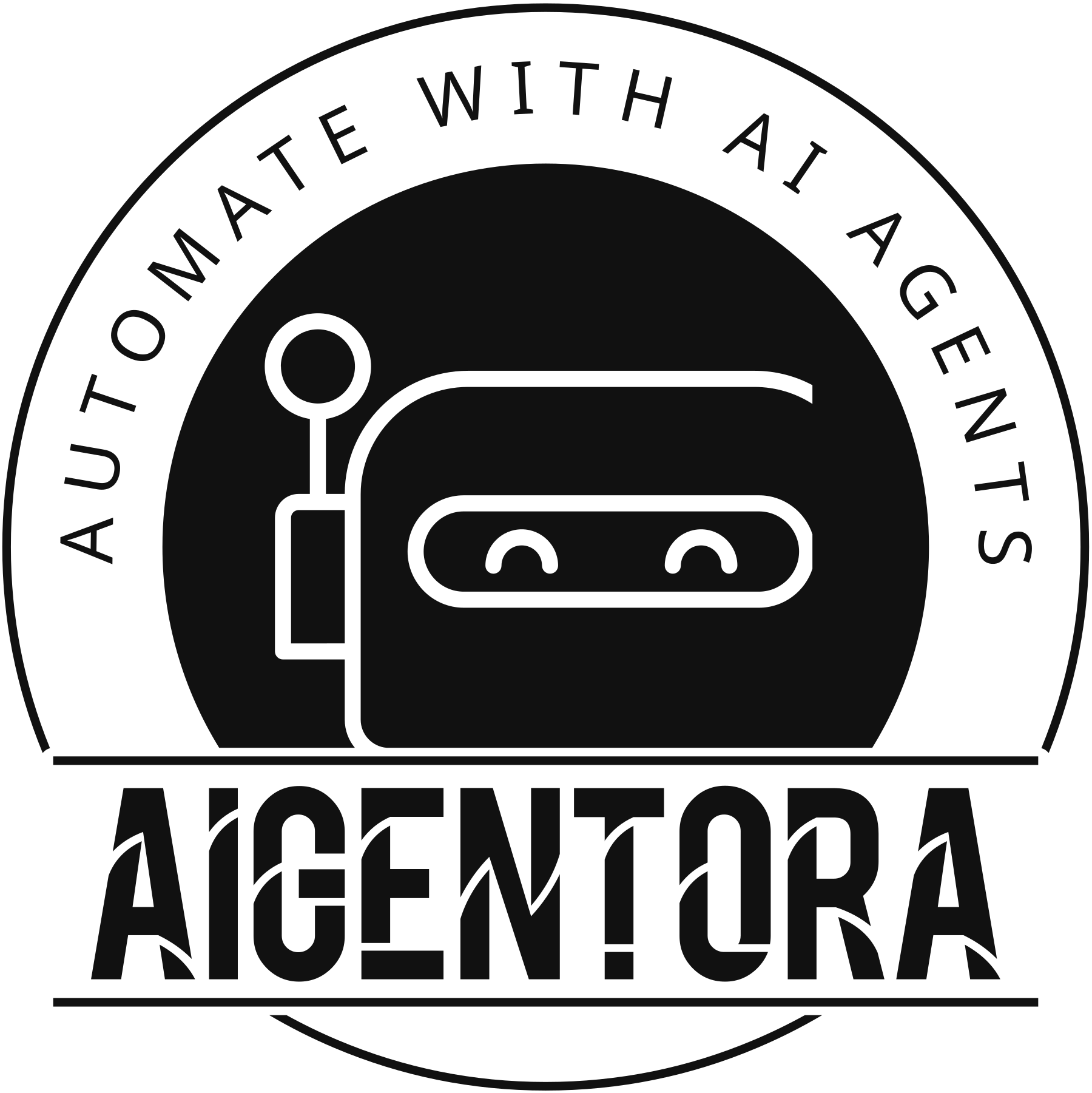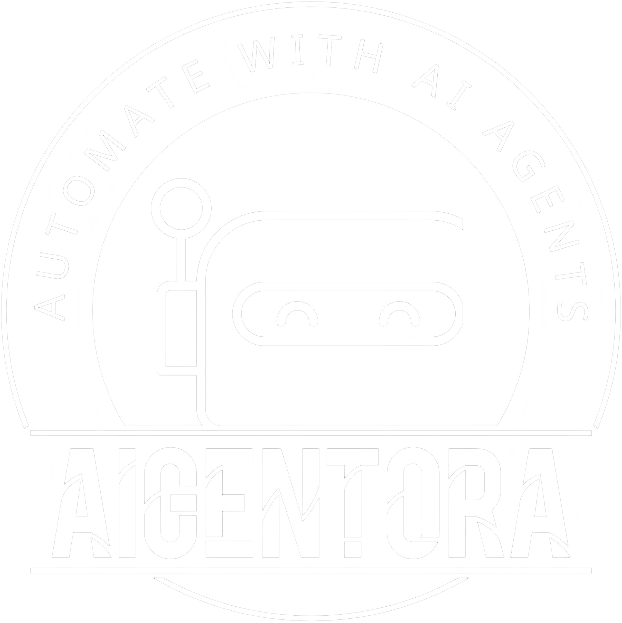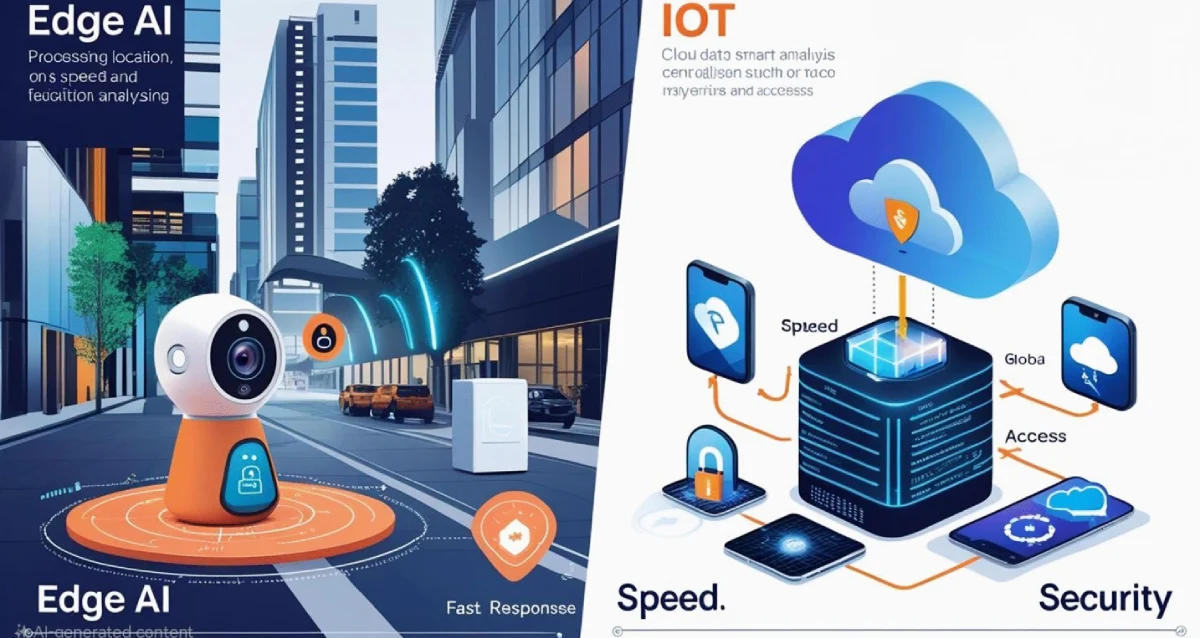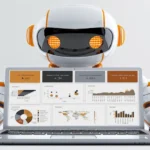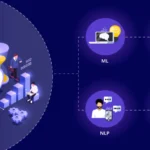In the rapidly evolving landscape of artificial intelligence (AI), businesses face a pivotal choice between two major deployment models: Edge AI and Cloud AI. Each approach offers unique advantages and challenges, catering to different operational needs, industries, and strategic goals. Understanding the distinctions and aligning them with your business objectives is critical to maximizing AI’s potential.
This comprehensive exploration delves into the fundamentals, benefits, challenges, and ideal use cases for Edge AI and Cloud AI, empowering you to make an informed decision on which is right for your business.
✨ What is Edge AI?
Edge AI, also called “AI on the edge” or “on-device AI,” refers to the deployment of AI algorithms locally on devices situated close to the data source—whether that be IoT sensors, smartphones, cameras, industrial equipment, or vehicles. Instead of transmitting raw data to a centralized cloud for processing, Edge AI analyzes and responds to data in real time on or near the device itself,making it ideal for Workflow Automation.
This distributed approach reduces dependency on constant internet connectivity and enables faster, privacy-conscious decision-making, especially in time-sensitive environments.
✨ What is Cloud AI?
Cloud AI, in contrast, relies on centralized, powerful remote servers to process and analyze vast amounts of data. Data from devices or users is transmitted to the cloud, where sophisticated machine learning models run intensive computations. Insights, predictions, or recommendations are then relayed back to the user devices.
Cloud AI offers immense scalability, computational resources, and the ability to aggregate and analyze massive datasets from multiple sources for broader intelligence.
Key Differences Between Edge AI and Cloud AI
Aspect | Edge AI | Cloud AI |
|---|---|---|
Processing Location | Local device or edge server | Centralized cloud servers |
Latency | Very low; near real-time response | Higher; dependent on network speeds |
Data Privacy | Enhanced; data stays local | Risk increases due to data transmission |
Bandwidth Usage | Lower; only relevant data sent | Higher; continuous data upload required |
Scalability | Limited by local hardware | Highly scalable with cloud infrastructure |
Processing Power | Limited by device capacity | Virtually unlimited |
Internet Dependency | Minimal; works offline | High; requires reliable connectivity |
System Updates | Device-specific and harder to deploy | Easier centralized updates |
Cost Structure | Higher initial hardware investment | Pay-as-you-go operational cost |
Advantages of Edge AI
1. Real-Time and Low-Latency Decisions
Because data is processed directly on device, Edge AI delivers instant analysis and action—crucial for applications like autonomous vehicles, industrial automation, and healthcare monitoring where milliseconds matter.
2. Enhanced Data Privacy and Security
Keeping sensitive data local mitigates risks of interception during transmission. This is vital for industries such as finance, healthcare, and government where compliance and confidentiality are paramount.
3. Reduced Bandwidth and Operational Costs
Edge processing decreases the need for massive data uploads to the cloud, lowering connectivity expenses and easing network loads. This makes Edge AI ideal for remote or bandwidth-constrained environments.
4. Reliability in Connectivity-Constrained Settings
Edge AI continues to function robustly even with intermittent or no internet access. Manufacturing floors, oil rigs, and rural installations benefit from this autonomy.
Advantages of Cloud AI
1. Massive Scalability and Processing Power
Cloud AI leverages elastic computing resources that can be scaled up or down depending on data volumes and workload intensity. It supports training and deploying complex AI models requiring extensive neural network layers and datasets.
2. Centralized Data Aggregation and Analytics
Collecting data centrally enables cross-device and cross-location insights, enriching predictive accuracy, trend spotting, and precision marketing with holistic views.
3. Cost-Efficient and Flexible IT Management
Rather than investing heavily in hardware, businesses can pay for cloud services based on actual usage, reducing upfront expenses and enabling rapid deployment.
4. Ease of Updates and Maintenance
Centralized AI models can be updated and improved swiftly without the need to access individual distributed devices.
Challenges of Edge AI
Hardware limitations restrict the complexity of AI models.
Managing numerous devices can complicate maintenance and consistency.
Higher initial capital expenditure due to device upgrades and installations.
Security protocols must be integrated locally, requiring robust edge cybersecurity strategies.
Challenges of Cloud AI
Latency can hinder real-time responsiveness, unsuitable for time-critical applications.
Dependence on stable, high-speed internet connections can be a bottleneck.
Increased vulnerability during data transmission calls for stringent encryption and compliance measures.
Data sovereignty issues arise when cloud servers are located in different jurisdictions.
Use Case Scenarios
|
Industry/Scenario |
Ideal AI Model |
Why? |
|---|---|---|
|
Autonomous Vehicles |
Edge AI |
Immediate decision-making is life-critical |
|
Smart Cities |
Hybrid (Edge + Cloud) |
Local monitoring with centralized data aggregation |
|
Retail Customer Analytics |
Cloud AI |
Large-scale data collection for personalized marketing |
|
Remote Oil & Gas Facilities |
Edge AI |
Poor connectivity and mission-critical monitoring |
|
Healthcare Wearables |
Edge AI |
Privacy of patient data and real-time alerts |
|
Financial Fraud Detection |
Cloud AI |
Access to global datasets and computationally heavy AI |
|
Manufacturing Quality Control |
Edge AI |
Instant anomaly detection on the factory floor |
|
Cloud AI |
Scalability to serve millions globally |
The Future: Hybrid Approaches
Increasingly, businesses are adopting hybrid AI solutions that combine Edge and Cloud AI strengths. Basic processing and real-time decision-making occur on edge devices, while deeper analysis, model training, and large-scale integration happen in the cloud.
This approach balances speed, privacy, scalability, and cost-efficiency, ensuring responsiveness without sacrificing the power of big data and advanced analytics.
How to Decide What’s Best for Your Business
Consider these factors when choosing between Edge AI and Cloud AI:
Application Demands: Need for real-time response? Edge AI. Heavy data analysis? Cloud AI.
Connectivity Environment: Poor or intermittent internet? Edge AI preferred.
Data Sensitivity: Critical privacy compliance? Edge AI offers better control.
Scalability Needs: Large-scale, growing demands favor Cloud AI.
Budget Constraints: Cloud AI reduces upfront cost; Edge AI may require more investment.
Maintenance Capability: Centralized updates favor Cloud AI; distributed devices require local handling.
Why Partner with Aigentora.ai?
At Aigentora.ai, we specialize in tailored AI solutions that leverage the best of both Edge and Cloud AI to fit your unique business needs. Our AI agents and platforms optimize workflows, enhance data-driven decision-making, and accelerate innovation while ensuring security, scalability, and sustainable growth.
Our experienced team guides you through strategy, implementation, and continuous improvement—empowering your business to thrive in the AI era.
🧠 Frequently Asked Questions About Generative AI in Content Marketing and Brand Growth
Edge AI refers to AI computations performed locally on devices near the data source, while Cloud AI relies on remote data centers. Edge AI offers lower latency and better offline functionality.
Edge AI provides faster response times, enhanced data privacy, reduced bandwidth usage, and improved reliability by processing data closer to where it is generated.
Cloud AI is preferable when businesses need scalable computing power, centralized data management, and advanced analytics that might not be feasible on local devices.
Edge AI can enhance security by minimizing sensitive data transmission, but may have device vulnerabilities. Cloud AI offers robust, centralized security controls but requires secure cloud access.
Industries like manufacturing, autonomous vehicles, healthcare, and IoT devices benefit from Edge AI’s low latency and real-time processing capabilities.
Yes, hybrid approaches combine Edge and Cloud AI to leverage local processing and cloud scalability, optimizing performance and cost-effectiveness.
By processing data locally, Edge AI dramatically reduces latency, resulting in faster, smoother user experiences particularly for real-time applications.
Edge AI may involve upfront hardware costs but lowers ongoing data transmission expenses; Cloud AI typically has subscription-based pricing tied to usage.
Edge AI keeps sensitive data on local devices reducing risks of data breaches, whereas Cloud AI involves storing data on centralized servers that require strong security measures.
Businesses should evaluate latency needs, data security, scalability, cost, and technical infrastructure to determine the best AI deployment strategy.
